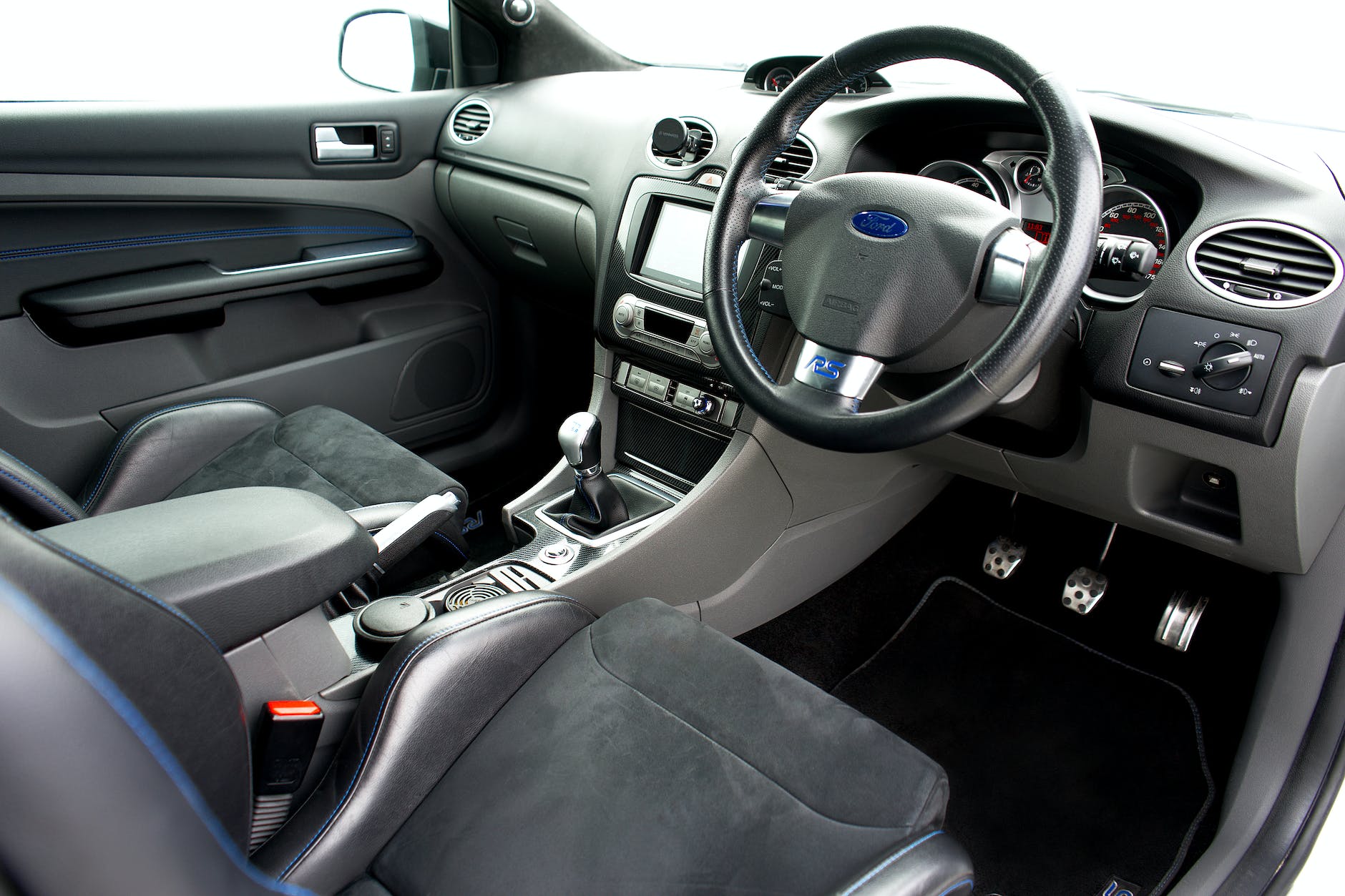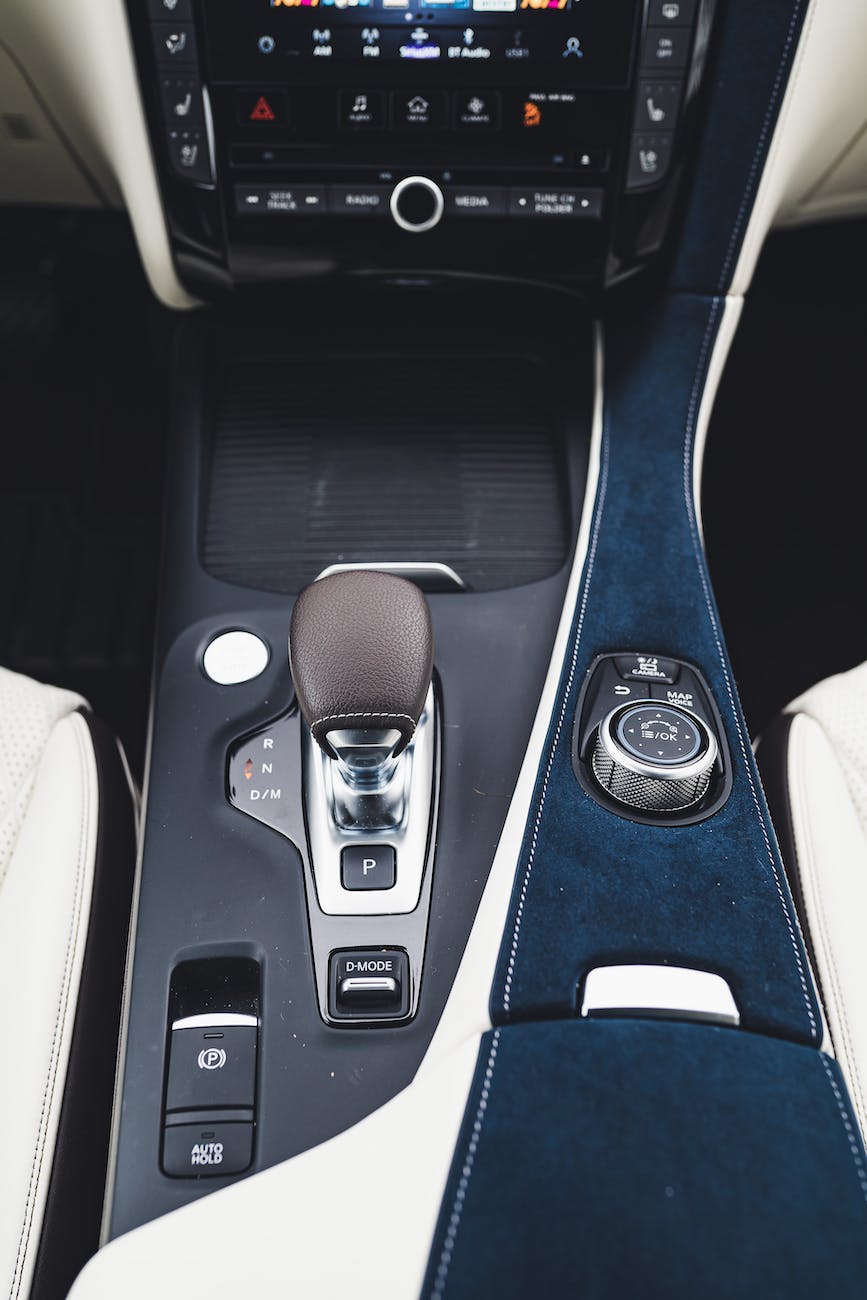In This Article Show
As an experienced mechanic and writer with over 15 years of hands-on experience in the automotive industry, I’ve encountered a wide range of car issues throughout my career, and I’ve written about several of them here on VehicleFreedom.
From having Honda cars stuck in accessory mode to stuttering car issues while accelerating, you’ll find many more on the Homepage. One that seems to perplex many Ford Focus owners is when their vehicle refuses to go into reverse mode. It’s a frustrating problem, but understanding its causes and potential fixes can save you a lot of stress and unnecessary expenses.
The transmission system of a car, particularly the reverse gear, plays a crucial role in your vehicle’s operation. It can leave you in a tough spot when it fails to function as expected. But don’t worry, with my extensive experience in this field; I’m here to guide you through the possible causes and fixes for this issue.
In this blog post, we’ll look into why your Ford Focus won’t go into reverse and provide practical solutions to get you back on the road.

Understanding the Transmission System in a Ford Focus
The transmission system is a complex component of your Ford Focus. It transfers power from the engine to the wheels, allowing your car to move forward or backward. The reverse gear, in particular, enables your vehicle to move in the opposite direction.
When you shift your car into reverse, the transmission disengages the drive shaft from the engine and connects it to the reverse gear. This changes the rotation of the wheels, allowing your car to move backward.
Understanding this process is crucial because any malfunction within this system can prevent your Ford Focus from going into reverse.
Common Causes Why Ford Focus Won’t Go Into Reverse
When your Ford Focus refuses to go into reverse, it can be due to a variety of reasons. Here are the most common causes:
1. Transmission Fluid Issues
The transmission fluid is vital for the smooth operation of your car’s transmission system. It serves as a lubricant for the moving parts, aids in transmitting power from the engine to the drive shaft, and helps keep the system cool.
If the fluid level is low, it can lead to increased friction and heat, which can cause damage to the transmission and prevent your car from shifting into reverse.
Similarly, if the fluid is dirty or contaminated, it can lead to blockages and hinder the smooth operation of the transmission system. Regularly checking and maintaining the transmission fluid can prevent these issues.

2. Faulty Shift Linkage
The shift linkage is crucial to your car’s transmission system. It’s a mechanical system that connects the gear shifter in your car to the transmission, allowing you to select the appropriate gear manually.
If the shift linkage is misaligned, it can prevent the correct selection of gears, including reverse. Similarly, if the linkage is damaged due to wear and tear or due to an accident, it can prevent your car from going into reverse.
Regular inspection and maintenance of the shift linkage can help to identify and fix these issues early.
3. Worn Out or Damaged Reverse Gear
The gears in your car’s transmission are subject to wear and tear over time.
The reverse gear, in particular, can become worn out or damaged due to rough handling, lack of maintenance, or simply due to age. When this happens, it can prevent the car from going into reverse.
Regular maintenance and careful handling of the gear shifter can help prolong the reverse gear’s life.
4. Faulty Transmission Control Module (TCM)
The TCM is an electronic device that controls the gear shifting in your car. It uses sensors to monitor various factors such as speed, engine load, and temperature, and uses this information to control the shifting of gears.
If the TCM is faulty, it can misinterpret the sensor data or fail to control the gear shifting correctly, which can cause your car to have trouble shifting into reverse. Regular diagnostic checks can help to identify and fix issues with the TCM.
5. Broken Transmission Shift Cable
The shift cable plays a crucial role in your car’s transmission system. It connects the gear shifter to the transmission and transmits the force from the gear shifter to the transmission.
If the shift cable is broken or damaged, it can prevent the transmission of this force, preventing your car from going into reverse. Regular inspection and maintenance of the shift cable can help to identify and fix these issues early.
These are the most common causes for a Ford Focus not going into reverse. Now we’ll look at how to fix these issues.
How to Fix a Ford Focus That Won’t Go Into Reverse
Once you’ve identified the potential cause of your Ford Focus not going into reverse, the next step is to address the issue. Here are the fixes for the common causes we’ve discussed:
1. Checking and Replacing Transmission Fluid
Start by checking the level and quality of your transmission fluid. If the level is low, top it up with the appropriate fluid as specified in your vehicle’s manual. If the fluid is dirty or contaminated, it may be necessary to flush and replace the system.
This process involves draining the old fluid, cleaning the transmission system, and refilling it with new fluid. It’s a complex task that requires technical knowledge and experience, so it may be best to have this done by a professional mechanic.
2. Inspecting and Adjusting Shift Linkage
If the shift linkage is misaligned or damaged, adjusting it back into the correct position may be possible. This typically involves loosening the adjustment nuts, moving the linkage into the correct position, and then tightening the nuts again.
If the linkage is damaged, it may need to be replaced. This is a task that a competent DIYer can do, but if you’re not comfortable doing it yourself, it’s best to take your car to a professional.
3. Inspecting and Replacing the Reverse Gear
The reverse gear must be replaced if worn out or damaged. This complex task involves disassembling the transmission, replacing the gear, and then reassembling the transmission.
It requires specialized tools and a high level of technical skill, so it’s usually best left to a professional mechanic.
4. Checking and Replacing the Transmission Control Module (TCM)
If the TCM is faulty, it may be possible to fix it by resetting it or updating its software. However, in many cases, a faulty TCM must be replaced. This task requires technical knowledge and experience, so it’s usually best to have it done by a professional.
5. Inspecting and Replacing the Transmission Shift Cable
If the shift cable is broken or damaged, it will need to be replaced. This involves disconnecting the old cable from the gear shifter and the transmission and installing a new cable.
It’s a task that a competent DIYer can do, but if you’re uncomfortable doing it yourself, it’s best to take your car to a professional.
While it’s possible to fix many of these issues yourself, some of them require a high level of technical skill and specialized tools. If you’re uncomfortable doing these repairs yourself, it’s always best to take your car to a professional mechanic.
In my 15 years of experience, I’ve found that professional help can often save you time and money in the long run.

Preventive Measures to Avoid Ford Focus Reverse Issues
Prevention is always better than cure. Here are some preventive measures you can take to avoid facing issues with your Ford Focus not going into reverse:
Regular Maintenance
Regular maintenance is key to keeping your car in good working condition. This includes regular checks and changes of your transmission fluid and regular inspections of the shift linkage, reverse gear, Transmission Control Module (TCM), and shift cable.
Proper Driving Habits
Rough handling of the gear shifter can lead to wear and tear of the reverse gear and damage to the shift linkage and shift cable. Always handle the gear shifter gently and ensure you’re fully stopped before shifting into reverse.
Regular Fluid Changes
Regularly changing your transmission fluid can help prevent issues with your car not going into reverse. Old or contaminated fluid can lead to blockages and hinder the smooth operation of the transmission system.
Prompt Repairs
If you notice any issues with your car’s transmission system, get them fixed promptly. Ignoring minor issues can lead to more serious problems down the line.
Following these preventive measures can significantly reduce the chances of facing issues with your Ford Focus not going into reverse. Regular maintenance and proper handling of your car are key to its longevity and performance.
Wrapping it up
In conclusion, a Ford Focus not going into reverse can be due to various reasons, from transmission fluid issues to a faulty Transmission Control Module (TCM).
While some fixes can be done at home, others require professional help. Regular maintenance and proper driving habits can help prevent these issues. Remember, understanding the problem is the first step toward a solution.












